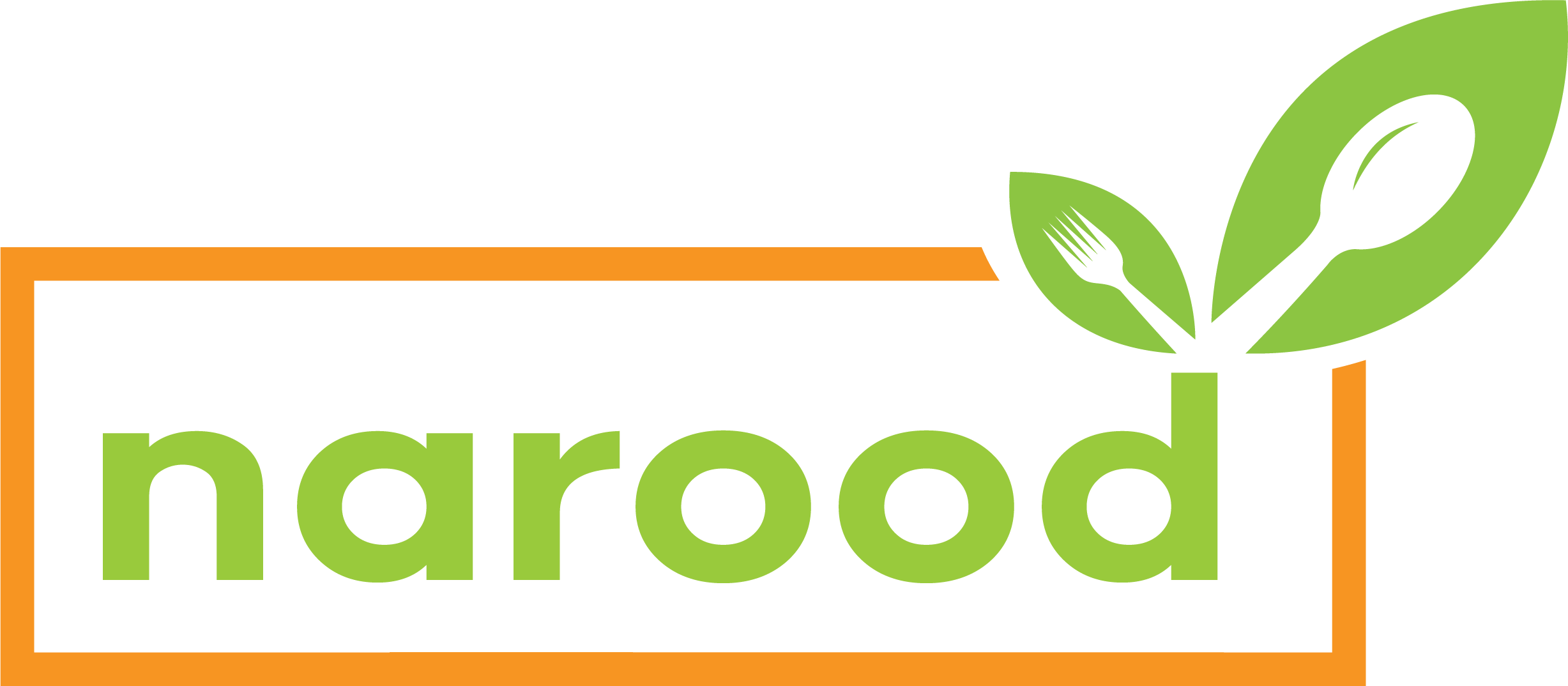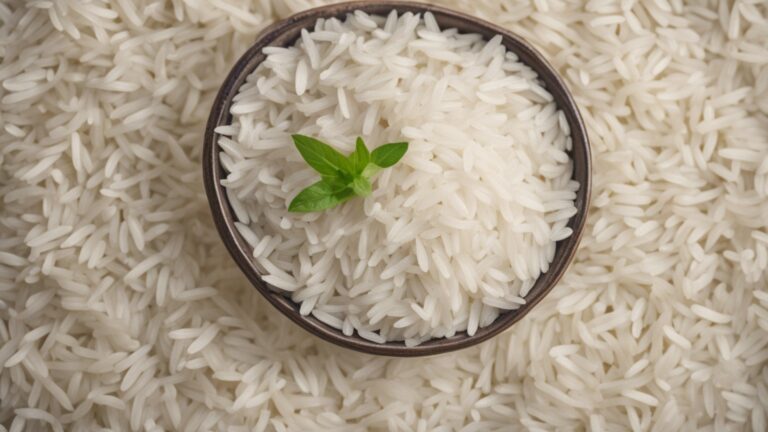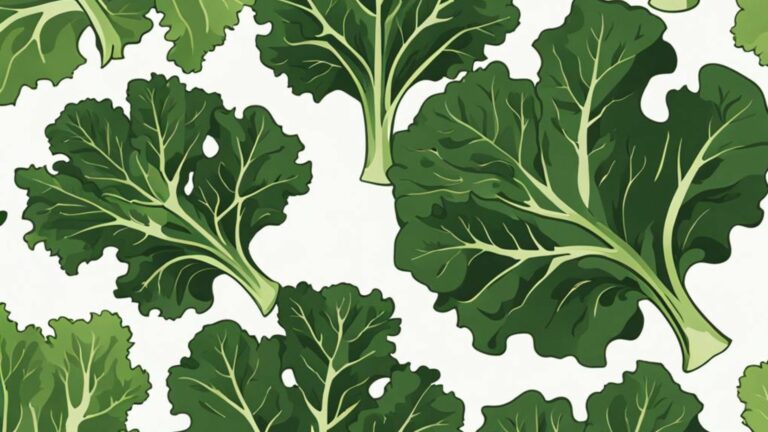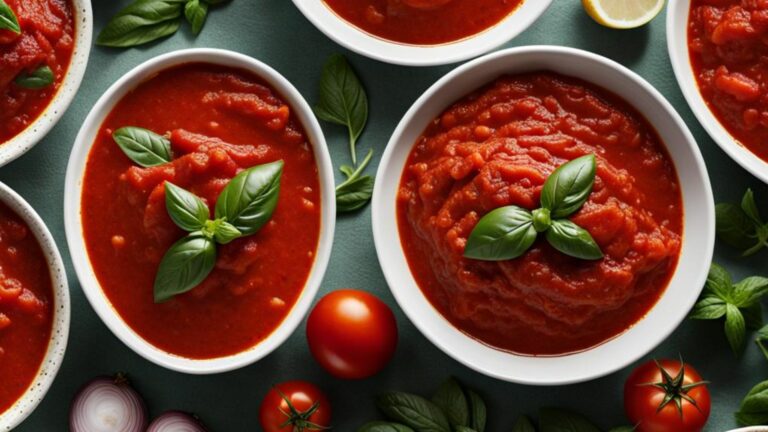
Salmon and tuna offer different nutritional benefits. Salmon is packed with omega-3 fatty acids, while tuna is a good source of lean protein. Both are nutritious choices, so include them in your diet for a well-rounded nutrient intake.
In summary, salmon and tuna offer unique nutritional benefits and should be incorporated into a balanced diet.
| Comparison | Salmon | Tuna |
|---|---|---|
| Protein (per 100g) | 20g | 30g |
| Calories (per 100g) | 206 | 184 |
| Total Fat (per 100g) | 13g | 6g |
| Saturated Fat (per 100g) | 3g | 1g |
| Omega-3 Fatty Acids (per 100g) | 2.6g | 0.2g |
| Vitamin D (per 100g) | 13.3mcg | 0.3mcg |
Salmon vs. Tuna Nutrition
When it comes to seafood, two popular choices are salmon and tuna. Both of these fish are not only tasty but also packed with nutrients that benefit our health. In this article, we will compare salmon and tuna nutrition to see how they stack against each other.
1. Protein Content
Protein is an essential macronutrient that plays a crucial role in building and repairing tissues in our body. When it comes to protein content, both salmon and tuna are excellent sources. They are considered some of the best sources of lean protein available.
A 3-ounce serving of salmon provides approximately 22 grams of protein, while the same serving size of tuna offers around 25 grams. This makes tuna slightly higher in protein content compared to salmon.
2. Omega-3 Fatty Acids
Omega-3 fatty acids are a type of healthy fat known for its numerous health benefits, including reducing inflammation, improving heart health, and supporting brain function. Both salmon and tuna are rich sources of omega-3 fatty acids.
Salmon, particularly wild-caught salmon, is known for its high omega-3 content. A 3-ounce serving of salmon can provide around 1.5 grams of omega-3 fatty acids.
On the other hand, tuna, especially yellowfin and albacore tuna, also contain a good amount of omega-3 fatty acids, with a 3-ounce serving offering approximately 0.5 grams.
3. Vitamin D
Vitamin D is an essential nutrient that is vital to bone health, immune function, and overall well-being. Both salmon and tuna are excellent sources of vitamin D.
A 3-ounce serving of salmon can provide around 600-1,000 international units (IU) of vitamin D, depending on the type of salmon. In comparison, the same serving size of tuna offers approximately 150-200 IU of vitamin D.
4. Vitamin B12
Vitamin B12 is crucial for maintaining healthy nerve cells, producing DNA, and forming red blood cells. Both salmon and tuna are good sources of vitamin B12.
A 3-ounce serving of salmon provides around 2.4 micrograms of vitamin B12, while the same serving size of tuna offers approximately 1.9 micrograms.
5. Mercury Concerns
Mercury is a heavy metal found in certain types of fish. Limiting high-calorie fish consumption, especially for pregnant women and young children, is recommended.
Tuna, particularly more significant species such as bluefin and bigeye tuna, can contain higher mercury levels than salmon. Therefore, choosing smaller tuna species and consuming them in moderation is essential.
Conclusion
Both salmon and tuna are nutritious options that provide a wide array of health benefits. While tuna has a slightly higher protein content, salmon takes the lead in omega-3 fatty acids and vitamin D.
However, it is essential to consider the potential mercury content in some types of tuna and consume them in moderation. Ultimately, incorporating salmon and tuna into a balanced diet can provide a variety of nutrients and contribute to a healthy lifestyle.

Frequently Asked Questions
1. What are the nutritional differences between salmon and tuna?
Salmon is higher in omega-3 fatty acids, vitamin D, and vitamin B12 than tuna. Tuna is higher in protein and lower in calories than salmon.
2. Which fish, salmon or tuna, is better for heart health?
Both salmon and tuna are good for heart health due to their omega-3 fatty acid content. However, salmon has higher levels of omega-3 fatty acids, making it a slightly better choice for heart health.
3. Can salmon and tuna be included in a weight-loss diet?
Yes, both salmon and tuna can be part of a weight-loss diet. They are high in protein and low in calories, making them filling and nutrient-dense options for weight management.
4. Is it safe to eat salmon and tuna during pregnancy?
Yes, it is safe to eat both salmon and tuna during pregnancy in moderation. However, pregnant women should limit their tuna intake due to its potential mercury content. Salmon is generally considered safe for pregnancy.
5. Are salmon and tuna good sources of omega-3 fatty acids?
Yes, both salmon and tuna are good sources of omega-3 fatty acids. However, salmon contains higher levels of EPA and DHA omega-3 fats, which have more potent health benefits.
6. Can I eat salmon and tuna if I have high cholesterol?
Yes, you can include salmon and tuna in your diet if you have high cholesterol. These fish are low in saturated fats and high in omega-3 fatty acids, which can help improve cholesterol levels.
7. Do salmon and tuna contain mercury?
Tuna may contain higher levels of mercury, significantly larger species like albacore tuna. Salmon generally contains lower levels of mercury. It is recommended to consume both fish in moderation to minimize mercury exposure.
8. How should I cook salmon and tuna to retain their nutritional value?
Both salmon and tuna are best cooked by grilling, baking, or broiling. These methods help retain the nutritional value of the fish while minimizing the need for added fats and oils.
9. Can I eat salmon and tuna without a seafood allergy?
No, you should avoid consuming salmon and tuna if you have a seafood allergy. It is essential to consult with a healthcare professional for guidance and to explore alternative sources of important nutrients.
10. Are canned salmon and tuna as nutritious as fresh?
Yes, canned salmon and tuna can be just as nutritious as fresh fish. However, be mindful of the sodium content in canned varieties. Look for options packed in water or their juices to minimize added salt.






